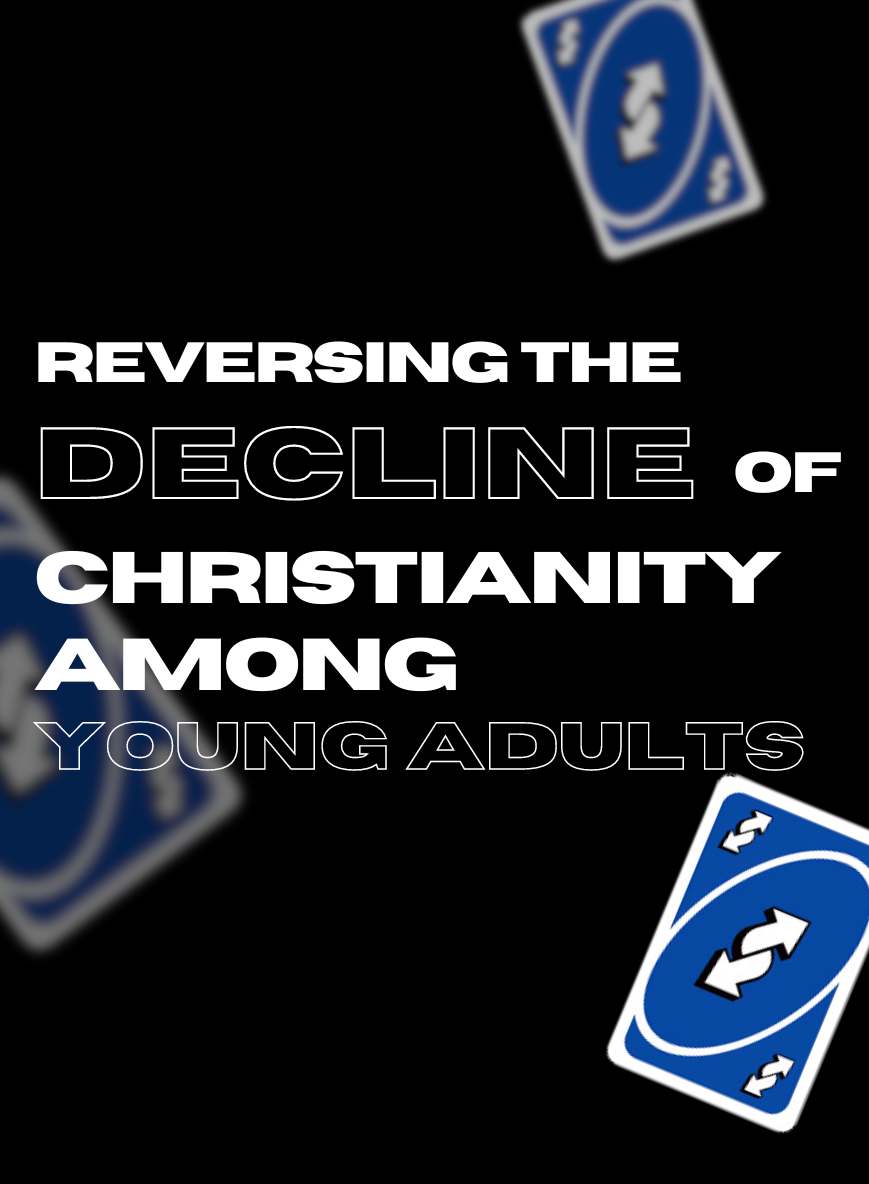
Disciplers equip believers to read and obey God’s Word daily in order to support their spiritual development.
In a study with 2,500 churchgoers in the USA, Lifeway Research (2019) asserts that “Bible reading was one of the most predictive of spiritual maturity.” Yet, their research indicates that only 32% of Christians (Protestant churchgoers) read their Bible daily (Few Protestant Churchgoers Read the Bible Daily – Lifeway Research).
Does that sound strange to you?
Have you ever wondered why Christians are too busy, or lethargic, or inconsistent in reading God’s Word daily?
Maybe the enemy has deceptively schemed to undermine the commitment of believers to the Word and consequently, their growth towards Christlikeness. Sadly, one of the most disconcerting plots of the enemy often comes from within the ranks of the church. Some teachers, leaders and bloggers have unintentionally dissuaded believers from reading their Bible.
Ambo the Youth Leader
Ambo was appointed the Youth Leader at a prominent evangelical church in Melbourne, Australia. In his mid-twenties, he was a charismatic personality, a passionate preacher and a well-versed adherent of Reformed theology. In a meeting with a small group of Year 11 boys, he curiously inquired: “How do you guys read God’s Word?”
In the midst of the awkward silence, one enthusiastic youth responded, “I spend time with God daily doing SOAP” (an acronym that stands for a method of reading the Bible devotionally that incorporates: Scripture, Observation, Application and Prayer).
One would imagine that Ambo would have been delighted with this young man’s response. After all, how many Year 11 youth are that committed, confident and disciplined when it comes to reading the Word daily? Ambo should have been as excited as someone ordering a cheese burger at the McDonalds drive-through and receiving a massive gourmet Wagu steak instead, right? Wrong.
In fact, Ambo actually responded with a humiliating giggle. Yep, you read that correctly. Ambo laughed at the youth, embarrassing him in front of his friends. Can you even imagine this happening?
You might wonder why a God-loving, theologically informed and a relationally oriented youth leader behave in this way? Simple. He disregarded the value of SOAP. He had in previous sessions instructed his group of youth that reading the Bible devotionally is WRONG. Full stop. And now, this defiant 17 year old was doing just that!
He refuted that the only valid reading of the Bible requires youth to be informed of the book’s historical and cultural context, the author’s intention, the composition of the book, the grammar in the chapter, and as the overall meaning of the passage within the whole canon of Scripture.
Sounds impressive, right?
This passionate youth leader believed that there was only one valid way of reading the Bible. Ambo was probably genuinely concerned for his youth. Maybe consistent with the assumptions of a positivist approach of the Enlightenment, he embraced a rationalistic view of knowledge. In this view, true knowledge demands an author-centred interpretation (the ancient text in its context), objective (bias-free) reading, and a logic/reason-oriented analysis.
Ambo perhaps assumed that reading the Bible in a devotional and meditative way could lead to misinterpretation of biblical doctrines. And by wrong biblical interpretations, Ambo probably meant any interpretation that was inconsistent with his theological tradition. Whatever his reasonings, Ambo desired to enculture his youths into his preferred method of Bible reading.
Ambo is not a lone ranger in the proverbial wilderness of the internet. Christian bloggers have intimated that reading the Bible devotionally is dangerous. They warn that such reading yields interpretation without knowledge, meaning out of context and application based on emotions. In fact, bloggers assert, without valid theological or historical argumentation, that approaches like SOAP ought to be avoided. Naively, they’ve adopted a culturally enforced scientific method that divorces theology from spirituality.
The result? Christians consequently become apprehensive about reading the Word. Whilst some may read it as a textbook for theoretical information without application, others can’t fathom the thought of it being one more complicated history book to digest. But mostly, the outcome is that Christians become ambivalent and inconsistent in their Bible reading. Research attests this.
To endorse a scientific approach to interpreting the Bible is appropriate. To promote a preferred method for reading the Bible is also acceptable. However, to claim that it is the only valid way of reading the Word is invariably misleading. Such a one-sided view of Bible reading undermines the tremendous legacy handed over to us by heroes of the faith who lived wholeheartedly for Jesus throughout church history.
Two Valid Methods
In the book, Biblical Interpretations, three New Testament professors comprehensively explain a cognitive approach to reading the Scripture. Klein, Blomberg and Hubbard (2017), highlight that the task of Bible interpretation is “both an art and a science,” examining the meaning and the significance of the text. The meaning of passages can be examined through:
- Locution: The written words, sentences, discourse,
- Illocution: The author’s intention,
- Perlocution: The desired outcome for the recipients.
Yet, these New Testament professors rightfully acknowledge another approach (meditative reading) as an equally valid method for reading the Word. They clarify:
Yet for too many this remains on an overly cognitive a level… the “informational” level. Therefore, we suggest a second approach also worth our pursuit. Sometimes called the lectio divina (sacred reading), this way of reading of the Scripture charts a different course. Instead of being in control by seeking (in this exercise) the author’s intended meaning in the text, lectio aims to allow the text itself to control the process – under the prayerful guidance of the Holy Spirit. More meditative, this kind of reading does not seek so much the meaning in the text as the meaning of our lives under the text’s mastery.
In the historic four stages of this type of reading, first one reads in a reflective, gentle, slow manner; the goal is to listen carefully, not to get through a body of text quickly. Second, one meditates on the significance of the text; meditation seeks to engage what one has read with the heart, thoughts, feelings, motivations, and the like. Third, one responds to this meditation in prayer – heart-felt cries to God the emerge from meditation on the Word. Finally, one rests in quiet contemplation in the presence of God; it is a time of rest and peace with our God. (P. 597)
Therefore, it is crucial to assert that there is more than one valid way to reading the Bible. Consistent with the Hebrew notion (yada), knowledge “rejects the hegemony of rationalism as the only way of interpreting the world” (Karkkainen, 2002, Toward a Pneumatological Theology, University Press of America, p. 15).
Meditative reading is very much identical to the SOAP method articulated by the Year 11 youth mentioned earlier. Accordingly, in the next 3 parts of this blog series, I will outline biblical, historical and practical ways to reading the Word. We desire to provide you with a theologically grounded and spiritually balanced approach to engaging with the Word and discipling others to do likewise.
By God’s grace, we hope to embolden you in discipling believers in a balanced way, through cognitive, as well as a meditative method. The cognitive method may propel readers to master the text, while the meditative method will permit the text to master the readers.
Ultimately, we pray that you are inspired and equipped to help believers read God’s Word daily – not simply for gaining theological information but more importantly, for personal transformation by the power of the Spirit.
Peter Botross
peterbotross@genj.com.au



